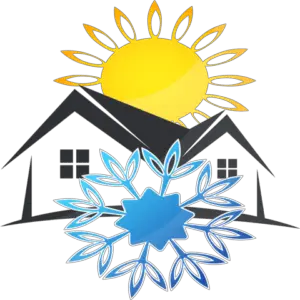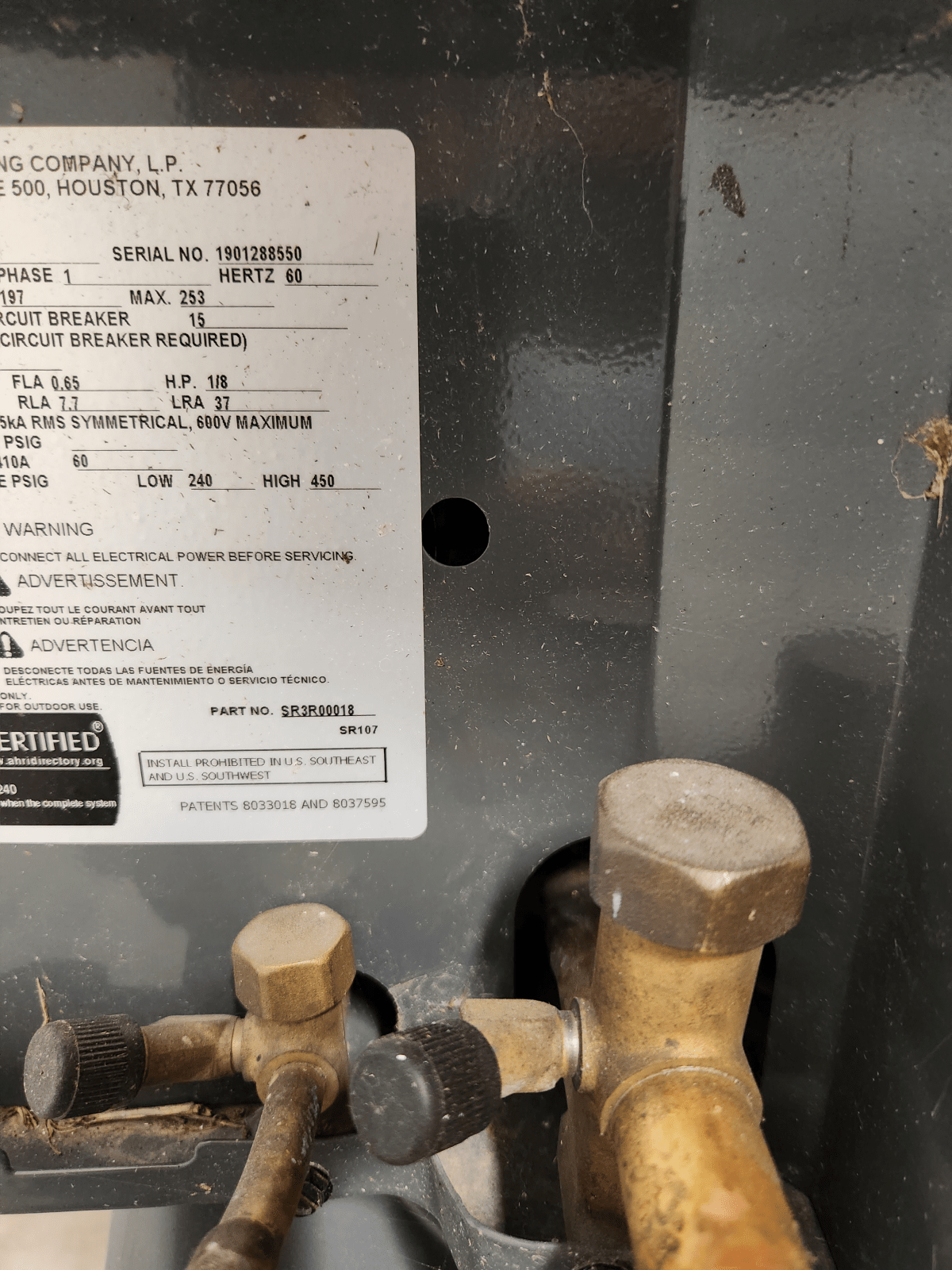You likely have a heat pump if your outdoor unit runs in both heat and cool mode. An air conditioner should only be run in warm summer weather. Don’t confuse this with an indoor furnace. This is about outdoor units or split systems.
I can tell you some subtle clues to distinguish between a heat pump and an air conditioner. Once you know these clues, you can tell the difference between an AC and a heat pump in about 30 seconds. Remember, air conditioners only cool, and heat pumps provide heat and cooling. The first clue is you don’t even have to go outside.
Is My System A Heat Pump Or Just AC Only?
Clue #1: Look closely at your thermostat. It will have a setting that switches your system between heat, cool, auto, and off. If you have a heat pump, an additional setting will say either EM HT, Aux Heat, or emergency heat.
If you find an emergency heat setting on your thermostat, you have a heat pump. If you don’t see an emergency heat selection in your thermostat settings, then your unit is cooling only.
Clue #2: Find the model number of your outdoor unit. Usually, a label is located on the exterior of the outdoor unit, and you may have to get down on your knees. Enter it into your favorite search engine.
Clue #3: Set your thermostat to heat, turn up the heat until the heat comes on, and if your outdoor unit comes on, you have a heat pump.
Clue #4: You don’t need to do this one because if you’ve done any of the others, you already know, but this clue has to do with service ports outside the outdoor unit. Service ports are where a technician would attach his gauges to determine the refrigerant (Freon) charge in your system. Looking at the copper lines connected to your unit, you may notice small caps covering the ports.
Air conditioners have only two ports. A heat pump may have an additional port depending on brand, make, or model. Like I said, don’t worry about this clue. The image above is an air conditioner with two ports (see the black caps). See the empty hole above? That’s for an extra port that a heat pump would have.

